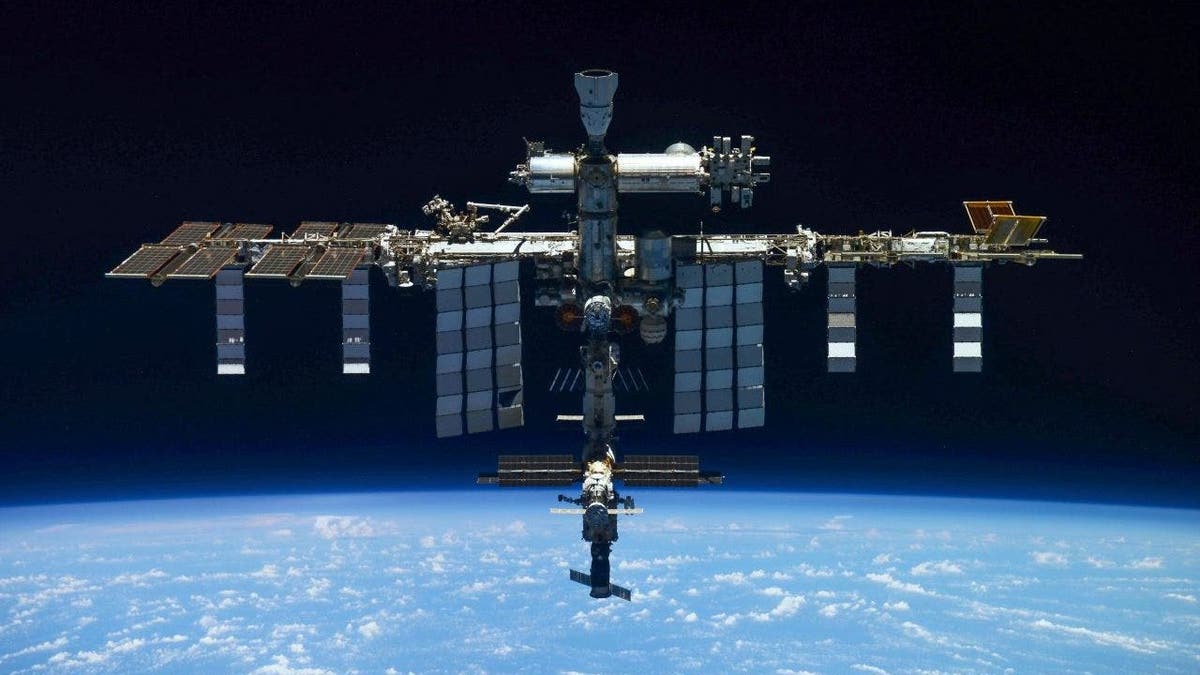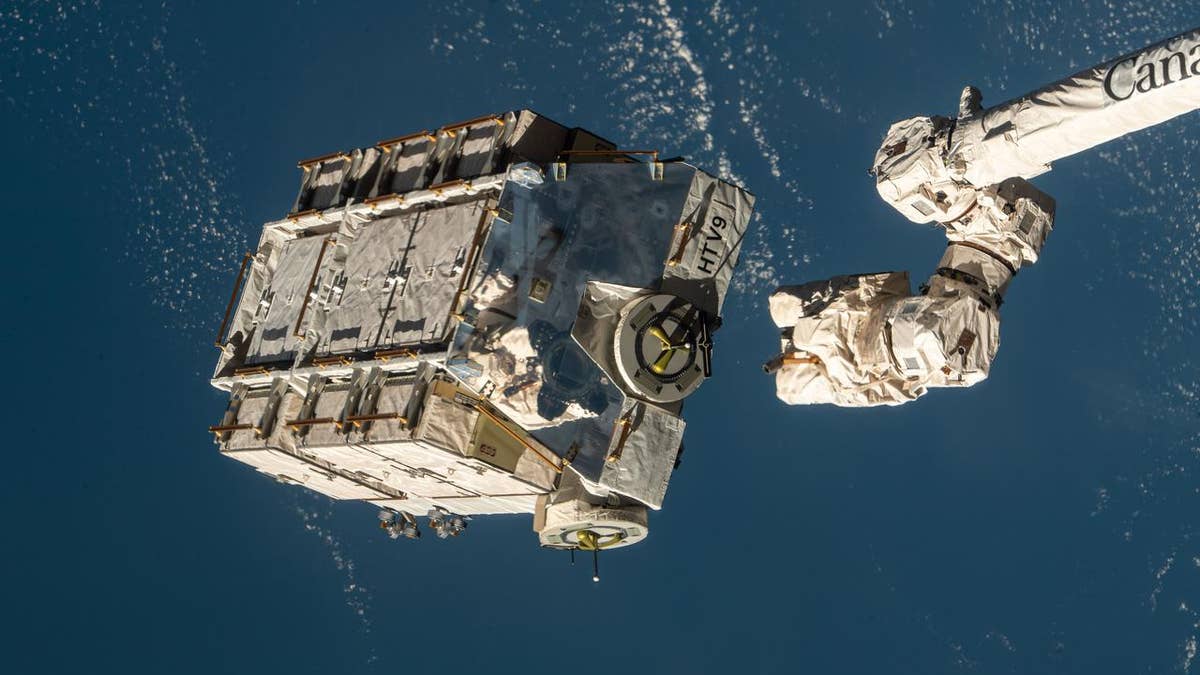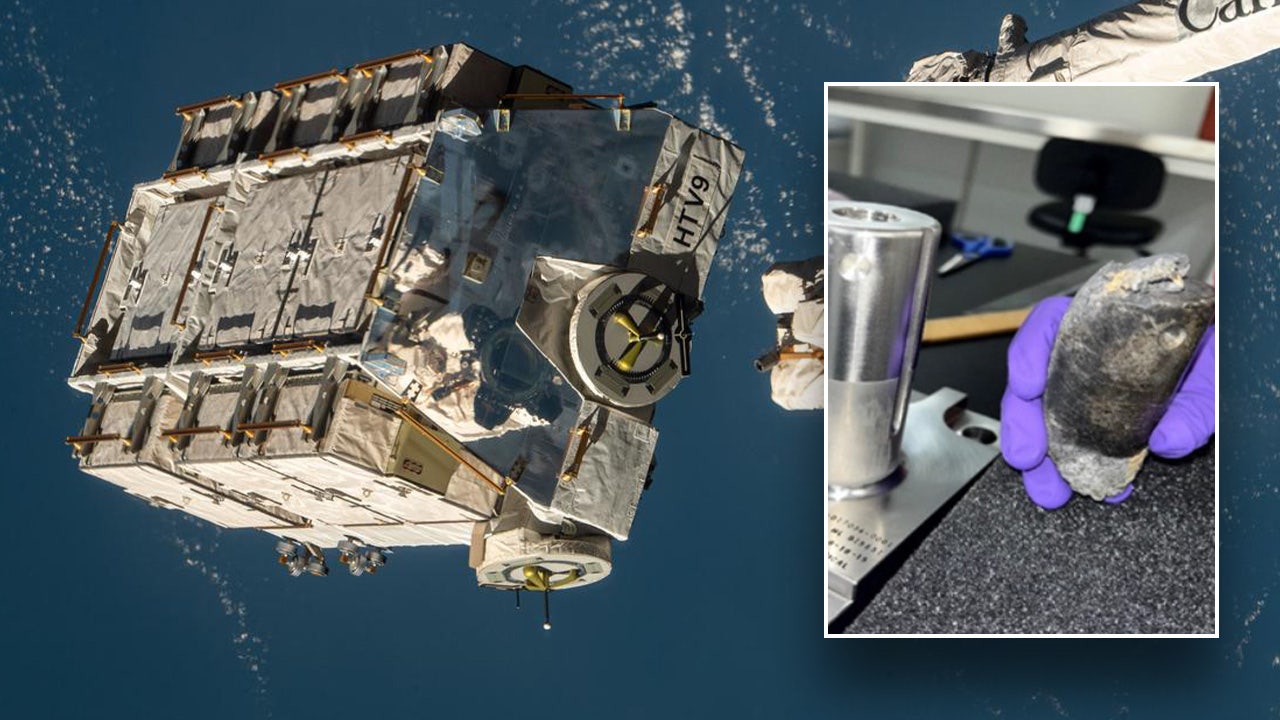
A piece of space debris, believed to be from NASA's International Space Station (ISS), crashed through a Naples, Florida home on March 8, 2024. The incident left a large hole in the roof and sub-flooring of the Otero family's residence. According to various reports, the debris was identified as a pallet of used batteries that had been jettisoned from the ISS in March 2021.
NASA confirmed that the debris originated from their spacecraft and is now facing a claim from the affected family. The Otero family's lawyer, Mica Nguyen Worthy, argues that NASA should be held accountable under the Space Liability Convention for damages incurred due to this incident.
This case could set a precedent for governments and private space companies regarding compensation for victims of similar incidents in the future. The exact weight and dimensions of the debris vary between sources, with some reporting it as 2.9 tons (6,384 kg) or 1.6 pounds (0.73 kg).
The incident highlights the growing issue of space debris and its potential impact on people and property below.
Background: The International Space Station is a collaborative project between multiple space agencies, including NASA, Roscosmos, JAXA, ESA, and CSA. It orbits Earth at an altitude of approximately 250 miles (402 km) and has been in operation since November 2000.
Space debris refers to man-made objects that no longer serve a useful purpose in orbit and pose a potential threat to operational spacecraft, satellites, or people on Earth. The issue of space debris is becoming increasingly problematic as more countries and private companies enter the space industry.
NASA has stated that they will continue to investigate why the hardware did not burn up during re-entry and update their systems accordingly to prevent similar incidents in the future.
Bias: Some sources may have a bias towards sensationalizing the incident or portraying NASA in a negative light. It is important to consider multiple sources and maintain an objective perspective when reporting on this story.





